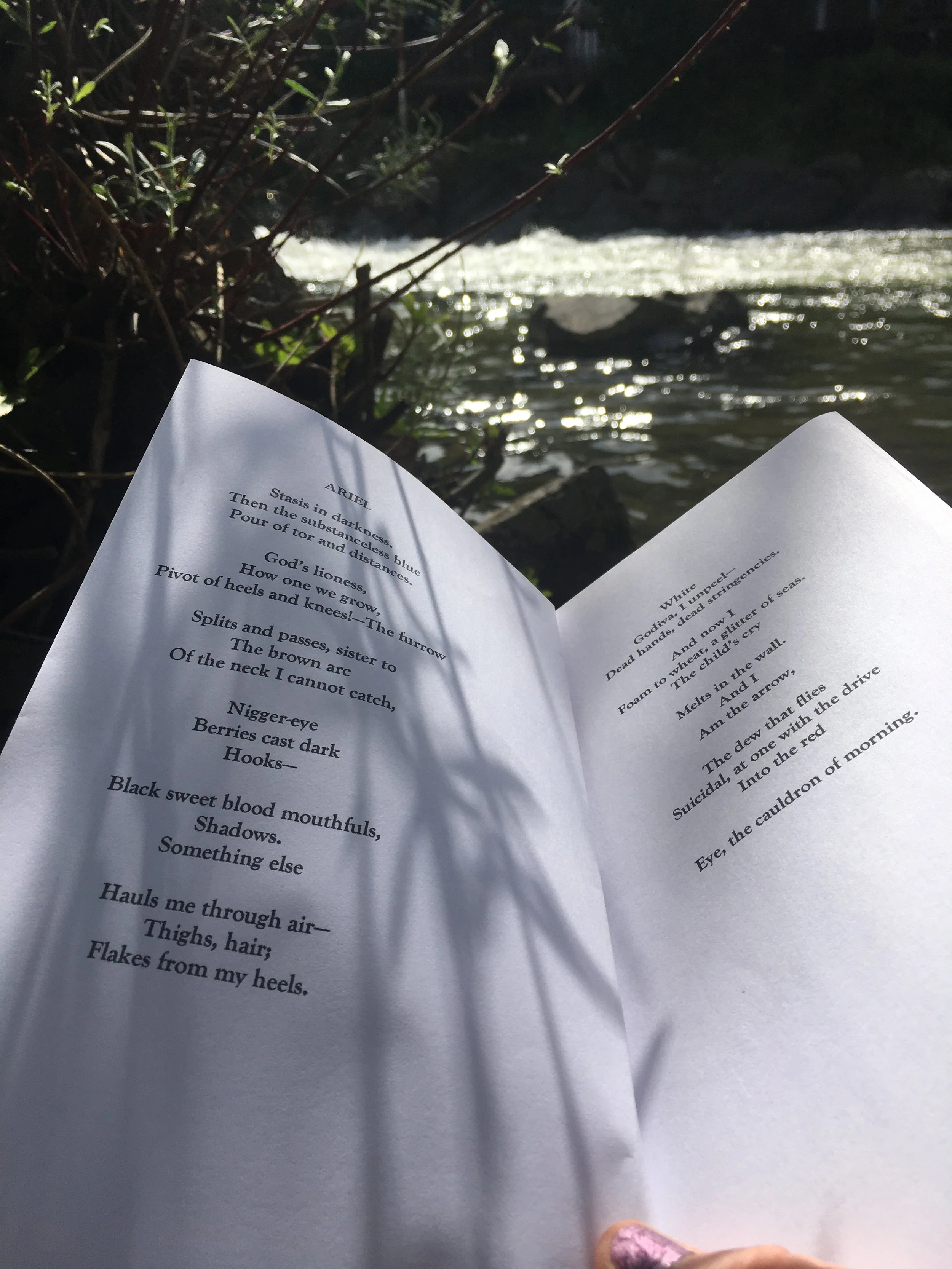From the archive: Wild In The City (Part 2)
/I went walking througris in search of the wild. I stopped on Pont Neuf, and let the tide of commuters flow past me. As I recited my mantra of the day ‘wild, wild, wild’, the strangest thing happened. A small brown mouse came out from under the bulwark of the bridge and sat by my feet, cleaning his whiskers. Where I live, in rural Southern France, a wild animal is gone if your tread snaps a twig, or even before that. But this was a town mouse, used to noise and bustle, fearless.
But there was another place I found wild in the city, and that was in one of the homeless people I saw on the streets. It was a head scarfed young woman, and she was turning circles in the street, shouting words I didn’t understand. A dog on a lead followed her movements, yelping excitedly.
You can spot the quality of wild by how we react to it. We are scared of it, because it isn’t kept in check by the straightjacket of the rational mind. It is instinctual, emotional, energised. That makes us nervous.
I knew the quality of wildness was present because I saw Parisians look at her as if she wasn’t there, or walk in wide circles to avoid her. I had difficulty not doing the same. I noticed I immediately judged her to be ‘mad’ or similar. Because if she was mad, then I was sane. She was doing life wrong, and I was doing it right.
And I asked myself: what aspects of myself am I not acknowledging when I locate all the emotional unpredictability, or all the madness in someone else? How can I take back the parts of myself I’ve disowned, so that I can write from the broadest emotional spectrum? I want my writing can be mad and unpredictable when required, instead of always sane and predictable.
This article was first published on December 14th 2012











We unpeel those layers that have attached themselves over time, by finding word portals back to a freshness of thought and expression.